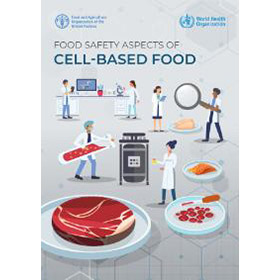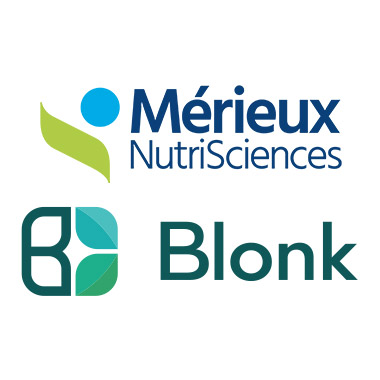

Both the U.S. Congress and the FDA are working to expand regulation of foods for infants and young children, with a specific focus on heavy metals in foods intended for those under 36 months.

Both the U.S. Congress and the FDA are working to expand regulation of foods for infants and young children, with a specific focus on heavy metals in foods intended for those under 36 months.

The Food and Agriculture Organization of the United Nations (FAO) and the World Health Organization (WHO) have published a report on the safety of cell-based food. The report highlights potential hazards—the majority of which exist in conventional food products—as well as potential mitigation and control efforts.

The food industry is facing unprecedented challenges when it comes to ensuring the safety and security of the global food supply chain. A risk-based approach focused on prevention, continuous improvement, and stakeholder collaboration is needed to be proactive in identifying and managing potential risks throughout the food supply chain. By adopting new practices, the food industry can ensure a safe and secure food supply chain.

“Bringing together Blonk and Mérieux NutriSciences is an exciting step in strengthening and accelerating our contribution to the sustainability of food systems.”

Food inflation can make it more difficult to maintain food product quality, safety, and transparency and lead to an increased risk of food fraud. Manufacturers and suppliers must remain extra vigilant and take proactive steps to mitigate the risks posed by stubbornly high food inflation and increasingly complex supply chains. The following four steps are key to protecting your products and your business.

The report looked at trends in Salmonella serotypes and antimicrobial resistance (AMR) in certain food animal species and products sampled from 2014 through 2019 as part of FSIS NARMS sampling.

Environmental Monitoring Programs have become an increasingly vital part of a Food Safety Plan. Unfortunately, they are often poorly designed and incorrectly scoped. Understanding the true purpose of these programs is key to success.

Members of the FDA will discuss the recent draft guidance on lead action levels for foods intended for children less than two years of age, and address questions and comments submitted by industry.

Walter Brandl, Regional Director of Chemistry, North America, at Mérieux Nutrisciences, shares the experiences that prepared him for a career in food contamination detection and determination, and looks at the evolving role of third-party testing in food safety.

Mycotoxin contamination of crops and food threatens human, animal, and economic health. To protect human and animal health, testing is required. However, mycotoxin testing is challenging and getting more complex owing to increasingly stringent regulations, emerging mycotoxins, and the drive for greater testing productivity. Here we discuss how advanced detection tools and workflows can help testing labs overcome these challenges to better protect global food safety.